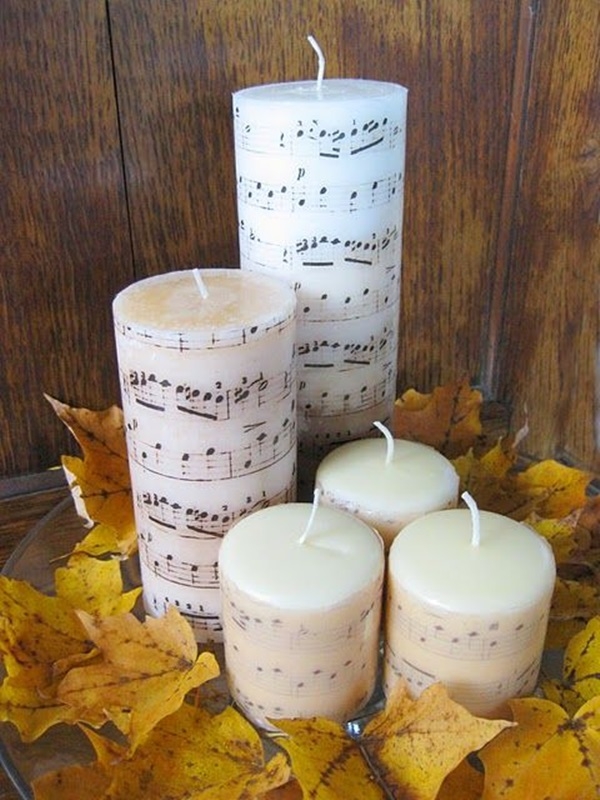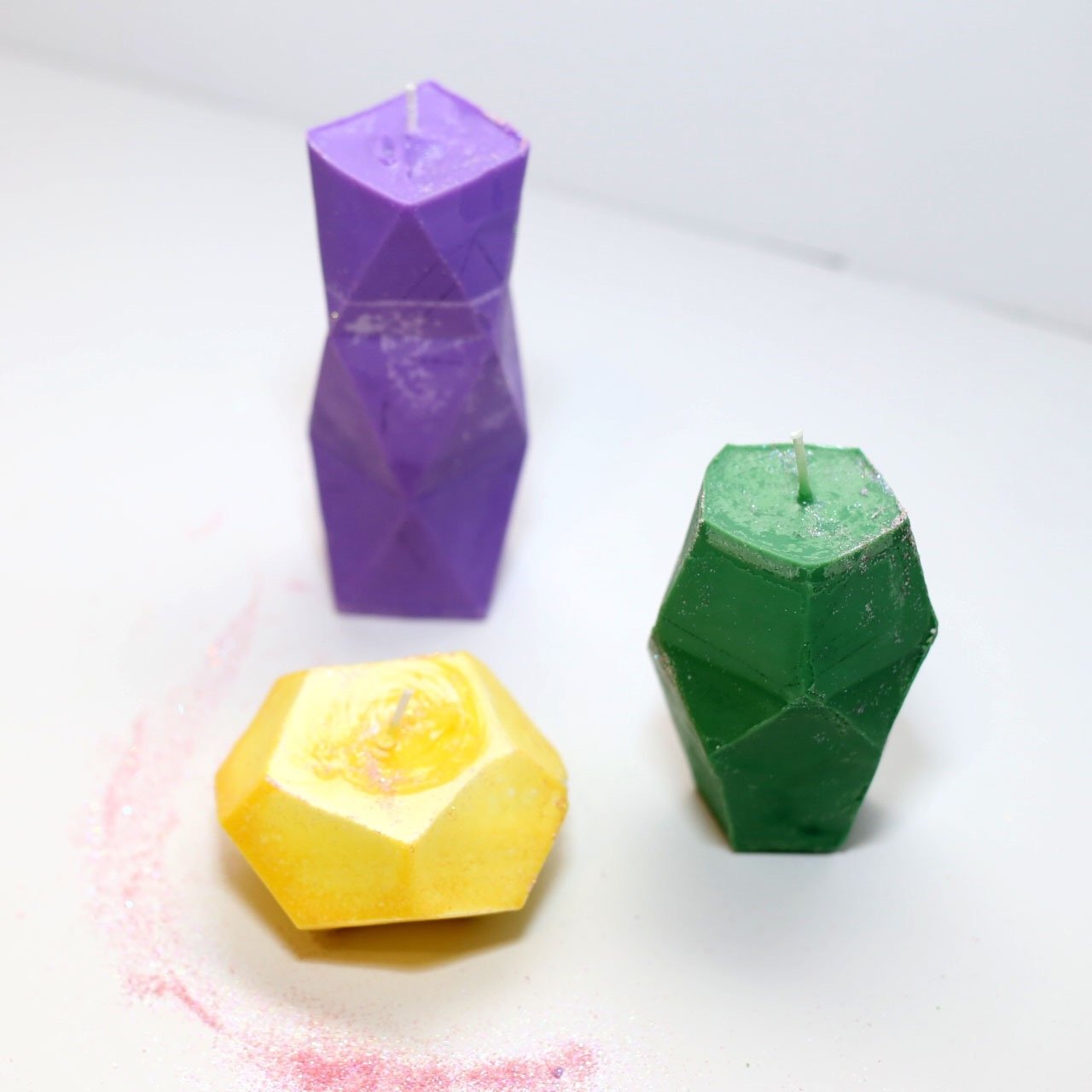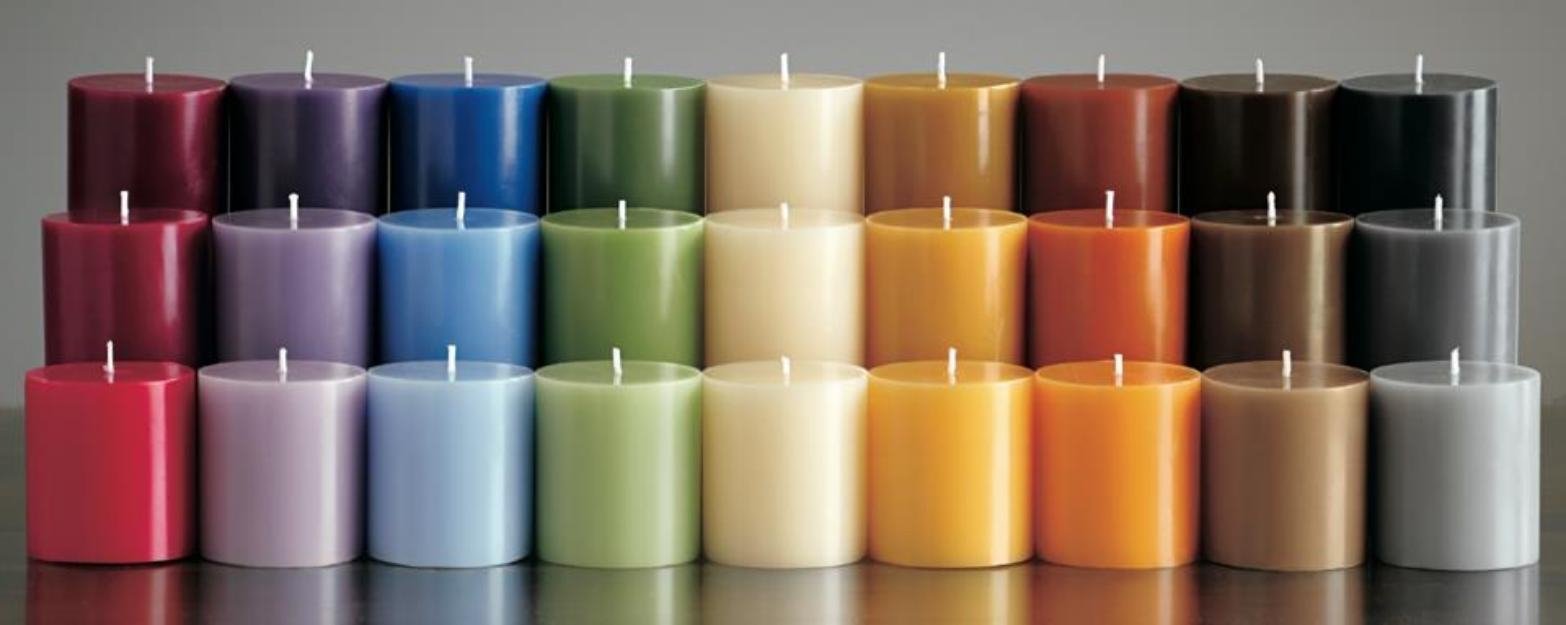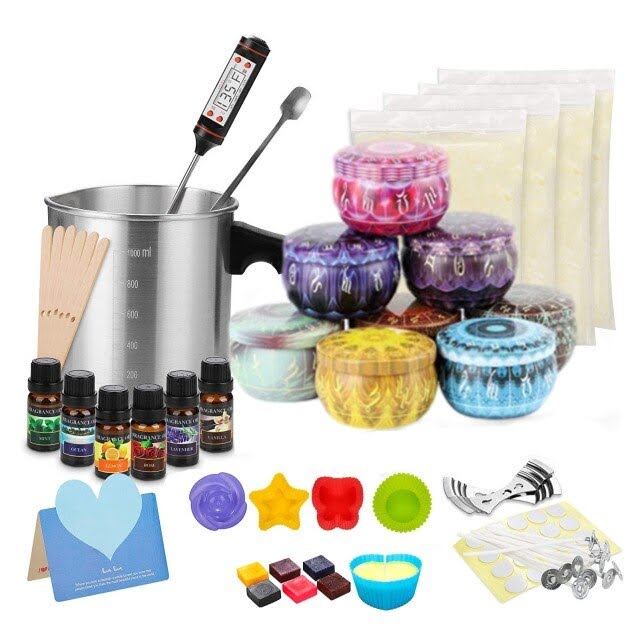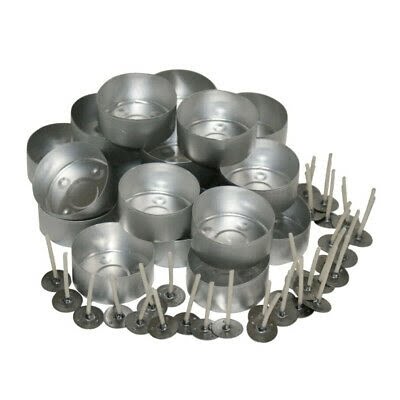Are you interested in learning the art of candle making? Whether you are a beginner or an experienced crafter, this article will provide you with valuable tips on candle making to enhance your skills and create beautiful homemade candles. From selecting the right materials and tools to troubleshooting common issues, we will cover everything you need to know to get started on your candle making journey.
Candle making is a fascinating and rewarding hobby that allows you to create unique, personalized candles for yourself or as thoughtful gifts for friends and family. In this introductory section, we will focus on the basics of candle making, providing you with essential knowledge to help you embark on this creative endeavor. With our comprehensive guide, you will learn how to make high-quality candles that look and smell amazing.
In the following sections, we will delve into the details of choosing the right materials and tools, ensuring safety while handling wax and fragrance oils, selecting and mixing fragrances, mastering pouring and setting techniques, adding personal touches through creative decorating ideas, troubleshooting common issues, and tips for storing and caring for your handmade candles.
Whether you enjoy the soothing ambiance of a flickering candle or want to explore a new hobby, our article will equip you with the knowledge and skills needed to craft beautiful homemade candles.
Choosing the Right Materials and Tools
When it comes to candle making, choosing the right materials and tools is essential for creating high-quality, beautiful candles. Here are some key supplies you’ll need to get started:
Wax
The type of wax you choose will greatly impact the quality and appearance of your candles. Some popular options include soy wax, paraffin wax, beeswax, and gel wax. Each type of wax has its own unique characteristics and melting points, so be sure to do your research and select the best option for your desired candle style.
Wicks
Selecting the right wick is crucial for ensuring a clean, even burn. Wicks come in various sizes and materials, such as cotton or wood. The size of the container or mold you’re using will also determine the appropriate wick size. It’s important to choose a wick that is specifically designed for the type of wax you’re using to ensure proper burning.
Fragrance Oils and Dyes
Adding fragrance oils and dyes can elevate your candles to another level. When selecting fragrance oils, consider how strong you want the scent to be and whether you want a single fragrance or a blend. As for dyes, opt for ones specifically formulated for candle making to ensure they disperse evenly throughout the wax.
Containers and Molds
The choice of containers or molds will depend on the type of candle you want to create – whether it’s a jar candle, pillar candle, tea light, votive, or something else entirely. Glass jars are popular for container candles due to their transparency and versatility, while silicone molds are commonly used for creating unique shaped candles.
Having these essential supplies on hand will set you up for success in your candle making endeavors. Additionally, investing in high-quality tools like a double boiler or melting pot, thermometer, pouring pitcher, and stirring utensils will help make the process smoother and more enjoyable. With these foundational materials and tools in place, you’ll be well-equipped to begin crafting your own beautiful candles at home.
Safety First
When it comes to candle making, safety should always be a top priority. Handling wax, fragrance oils, and dyes requires caution and attention to detail to ensure a successful and safe candle making experience. Here are some essential tips for safely handling these materials:
1. Wax Safety: When working with wax, it’s important to use a double boiler or wax melting pitcher to melt the wax slowly and evenly. Always monitor the temperature of the wax to prevent overheating, which can lead to a fire hazard. Additionally, never leave melting wax unattended and keep a fire extinguisher nearby just in case.
2. Fragrance Oil Safety: Fragrance oils are an essential component of scented candles, but they should be handled with care. Be sure to use fragrance oils specifically designed for candle making and follow the recommended usage rates provided by the manufacturer. Avoid direct skin contact with undiluted fragrance oils and always work in a well-ventilated area to prevent inhalation of concentrated fumes.
3. Dye Safety: When using dyes to color your candles, be mindful of the type and amount of dye you’re adding to the wax. It’s best to use dyes that are specifically formulated for candle making as they will blend properly with the wax and won’t affect the candle’s performance. Wear gloves when handling liquid dye and avoid spillage on porous surfaces.
By following these safety tips for handling wax, fragrance oils, and dyes, you can create beautiful handmade candles while prioritizing your safety throughout the entire process.
| Materials | Tips |
|---|---|
| Wax | Use a double boiler or wax melting pitcher; Monitor temperature; Never leave unattended |
| Fragrance Oils | Use recommended usage rates; Avoid direct skin contact; Work in well-ventilated area |
| Dyes | Use dyes specifically formulated for candle making; Wear gloves; Avoid spillage on porous surfaces |
The Art of Scent
Selecting and mixing fragrances for your candles can be a fun and rewarding aspect of candle making. The right scent can evoke emotion, create ambiance, and even bring back memories. When choosing fragrances for your candles, it’s important to consider the type of wax you are using, as well as the intended use of the candle. For example, certain scents may be better suited for relaxation, while others may be more appropriate for energizing or refreshing.
One important factor to consider when selecting fragrances is their concentration level. Fragrance oils are typically available in different concentrations, such as 5%, 10%, and 15%. It’s important to follow recommended guidelines for fragrance concentration to ensure that your candles have a pleasant aroma without being overpowering. Additionally, some fragrances may work better with specific types of wax, so it’s essential to test different combinations before making a large batch.
Once you have selected your fragrances, you can experiment with mixing different scents to create unique blends for your candles. Keep in mind that certain scents may complement each other well, while others may clash. It’s helpful to keep notes on the combinations you try so that you can replicate successful blends in the future. Remember that creating your own signature scent can set your candles apart from commercially available options and make them truly special.
| Aspect | Information |
|---|---|
| Fragrance Concentration Levels | Available in different concentrations (5%, 10%, and 15%) |
| Mixing Scents | Experiment with blending different fragrances to create unique scents |
Mastering the Technique
When it comes to candle making, mastering the technique of pouring and setting the wax is essential to creating high-quality, long-lasting candles. With the right tools and a few simple tips, you can achieve professional-looking results that will impress even the most discerning candle enthusiasts.
Preparing Your Work Area
Before you begin pouring and setting the wax for your candles, it’s important to prepare your work area. Make sure you have a clean, flat surface to work on, and cover it with newspaper or a disposable tablecloth to protect it from any spills or drips. Additionally, ensure that your work area is well-ventilated to prevent inhaling any fumes from the melted wax.
Choosing the Right Wax
Selecting the right type of wax for your candles is crucial in achieving the perfect pour and set. There are various types of waxes available, including paraffin, soy, and beeswax. Each type of wax has its own unique characteristics and melting points, so be sure to choose a wax that best suits your desired candle-making goals.
Pouring and Setting Process
Once you have selected your wax and prepared your work area, it’s time to start the pouring and setting process. Melt the wax in a double boiler or a dedicated melting pot until it reaches the recommended temperature according to the manufacturer’s instructions.
Once the wax has reached the optimal temperature, carefully pour it into your chosen containers or molds without creating air bubbles. Allow the candles to set at room temperature for the recommended amount of time before trimming and priming the wicks.
By following these step-by-step guidelines for pouring and setting the wax for your candles, you can create beautiful handmade creations that fill your space with delightful fragrance and warm ambiance. With practice and attention to detail, you’ll soon be crafting professional-quality candles that will impress family and friends alike with their beauty and functionality.
Adding a Personal Touch
Once you have mastered the art of making candles, it’s time to put your personal touch on them by getting creative with the decoration and packaging. Here are some ideas to help you elevate your candle-making game:
- Custom Labels: Create personalized labels for your candles that reflect the scent and theme of each candle. Include the name of the scent, any relevant information, and your own branding or logo.
- Unique Containers: Instead of using traditional glass jars, consider using unique containers such as vintage teacups, mason jars, or tin cans. This will not only make your candles stand out but also add a special touch to them.
- Decorative Elements: Add decorative elements to your candles such as dried flowers, herbs, or even small crystals. These elements not only enhance the visual appeal of the candles but can also complement the scent and theme.
In addition to decorating your candles, packaging plays an essential role in presenting your creations. Here are a few tips for packaging your handmade candles:
- Protective Wrapping: Ensure that your candles are securely packaged to prevent any damage during transit. Consider using bubble wrap or tissue paper to protect delicate elements or glass containers.
- Branded Packaging: Use branded boxes or bags for a professional look. You can also include a thank you note or care instructions inside the package to add a personal touch.
- Gift-Ready Presentation: If you’re planning to sell or gift your handmade candles, consider creating gift sets or bundles with complementary scents and designs. This will enhance the overall presentation and make them ready for gifting.
By incorporating these creative ideas into decorating and packaging your handmade candles, you can take them from simple creations to beautiful works of art that are ready to be enjoyed by others. Not only will these details enhance the overall appeal of your candles, but they will also showcase your creativity and attention to detail as a candle maker.
Troubleshooting Common Issues
Sinking wicks, frosting, and uneven burning are common issues that candle makers may encounter. However, with the right techniques and tips, these problems can be easily addressed to ensure that your candles turn out perfect every time.
One common issue that candle makers face is sinking wicks. This occurs when the wax around the wick melts faster than the rest of the candle, causing the wick to sink lower into the candle. To prevent this, it is essential to use the correct type and size of wick for your candle.
Be sure to follow the manufacturer’s recommendations for wick selection based on the type of wax and container you are using. Additionally, pouring your wax at the correct temperature and allowing it to cool properly can also help prevent sinking wicks.
Frosting is another issue that can affect the appearance of your candles. Frosting occurs when tiny white crystals form on the surface of the wax, giving it a frosted or cloudy appearance. To minimize frosting, it is important to pour your wax at the correct temperature and avoid exposing your candles to rapid changes in temperature. Using a heat gun or blow dryer to smooth out any frosting after your candles have fully cooled can also help improve their appearance.
Lastly, uneven burning can be a frustrating problem for candle makers. This occurs when a candle burns down unevenly, leaving excess wax on one side while consuming all of the wax on another side. To prevent this issue, make sure to trim your wick to an appropriate length before each use and always keep it centered in the container. Using a proper size of wick for your candle can also help promote even burning.
Final Touches
Once you have successfully created your own candles, it is important to know how to store and care for them properly in order to preserve their quality and ensure a longer burn time. Here are some essential tips for storing and caring for your handmade candles:
- Store in a cool, dry place: Keeping your candles away from heat and direct sunlight will prevent them from becoming discolored or melting prematurely.
- Avoid drafts: Drafts can cause uneven burning and lead to tunneling. It’s best to keep your candles in a draft-free area when burning them.
- Use proper candle accessories: A candle snuffer is the most gentle way to extinguish a candle without causing wax splatter. Avoid using anything that could cause the wick to shift or become misshapen.
In addition, proper care can also extend the life of your handmade candles. Here are some tips for maintaining the quality of your candles:
- Trim the wick: Before each use, trim the wick to about 1/4 inch to prevent smoking and ensure an even burn.
- Burn evenly: For the first burn, allow the wax pool to reach the edges of the container every time to prevent tunneling and maximize burn time.
- Clean soot: If soot builds up on the container, wipe it clean with a soft cloth. This will help maintain a clean appearance and prevent any soot from falling onto other surfaces.
By following these tips for storing and caring for your handmade candles, you can enjoy their beauty and fragrance for many hours of burning time while maintaining their overall quality.
Conclusion
In conclusion, candle making is a delightful and fulfilling craft that allows you to create beautiful and functional works of art. By following the tips on candle making provided in this article, you can learn to master the technique and produce high-quality candles that are perfect for personal use or gifting to others. Embracing the art of candle making not only provides a creative outlet but also allows you to share your creations with friends, family, and even customers.
As you continue to explore the world of candle making, remember to always prioritize safety when handling materials such as wax, fragrance oils, and dyes. Pay attention to details such as selecting and mixing fragrances for your candles to create unique scents that suit your preferences or those of the recipients. Additionally, don’t hesitate to experiment with creative ideas for decorating and packaging your candles to give them a personalized touch that reflects your style.
To ensure that your handmade candles maintain their quality over time, it’s essential to properly store and care for them using the tips provided in this article. Ultimately, embracing the art of candle making allows you to unleash your creativity while creating practical and aesthetically pleasing items that can brighten up any space. So go ahead, get started on your candle-making journey today.
Frequently Asked Questions
What Not to Do When Making Candles?
When making candles, it’s important to avoid using unsuitable containers or wicks, as this can lead to safety hazards. It’s also crucial to not overheat the wax or add fragrances at too high of a temperature. Lastly, avoid pouring the wax too quickly, as this can create air bubbles and imperfections in the finished candle.
How Can I Make My Candles More Effective?
To make your candles more effective, consider using high-quality wax and fragrance oils. Properly sizing your wick for the container and type of wax used is also essential for an efficient burn. Additionally, allowing the candle to cure for a few days before burning will ensure a stronger scent throw and longer-lasting burn time.
What Are 3 4 Mistakes to Watch for When Making Soy Candles?
Mistakes to watch for when making soy candles include using wicks that are not suitable for soy wax, which can lead to poor burn performance. Overheating the wax can also cause discoloration and poor fragrance retention. Another common mistake is adding fragrance oil at too high of a temperature, which can affect the scent throw of the finished candle.

Welcome to my candle making blog! In this blog, I will be sharing my tips and tricks for making candles. I will also be sharing some of my favorite recipes.

